
Quiet hunting in Russian Empire In Russia, mushrooming is affectionately known as "тихая охота," or "quiet hunting"—a poetic term that reflects the serene, contemplative nature of the activity. Unli
Post: 31 August 19:19

Post: 31 August 19:19

Post: 2 April 14:35

Post: 18 August 11:10

Post: 19 January 20:10
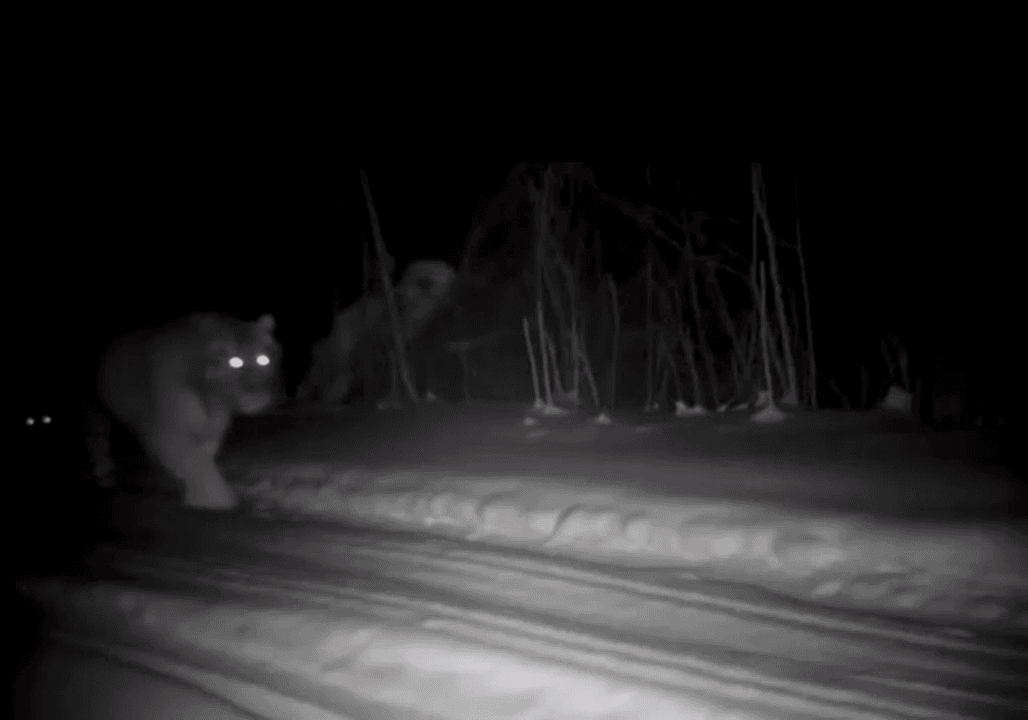
Post: 5 February 13:51

Post: 28 January 10:03
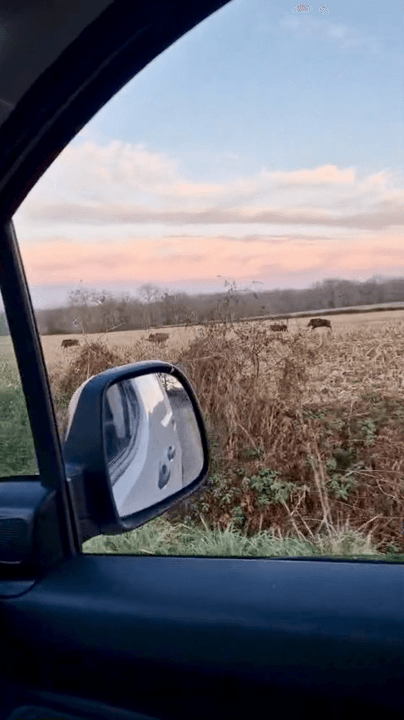
Post: 28 January 10:13

Post: 6 August 13:53
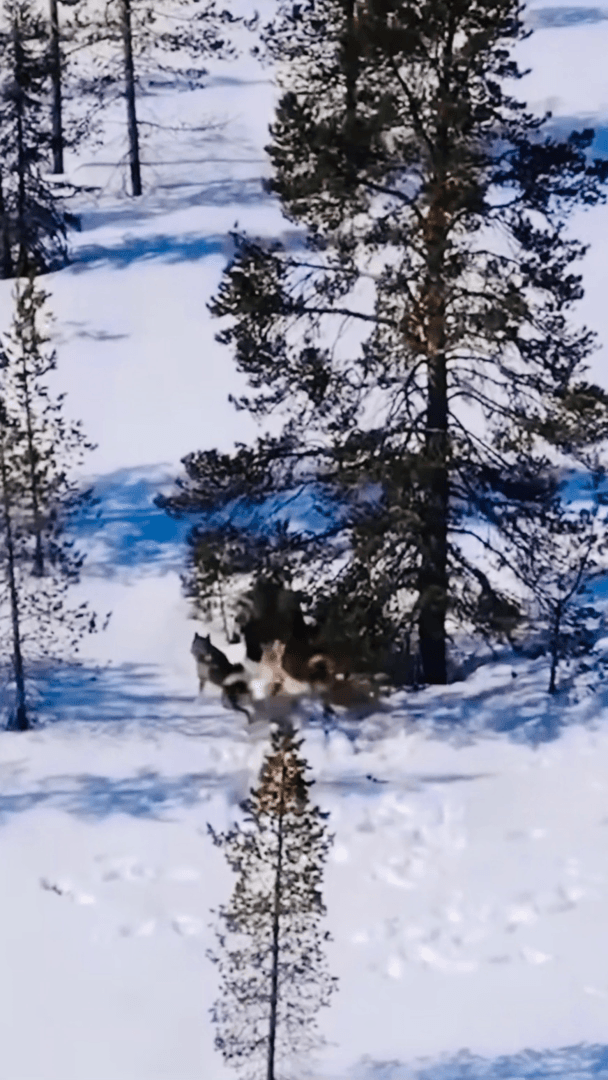
Post: 15 January 02:08

Post: 14 February 19:05
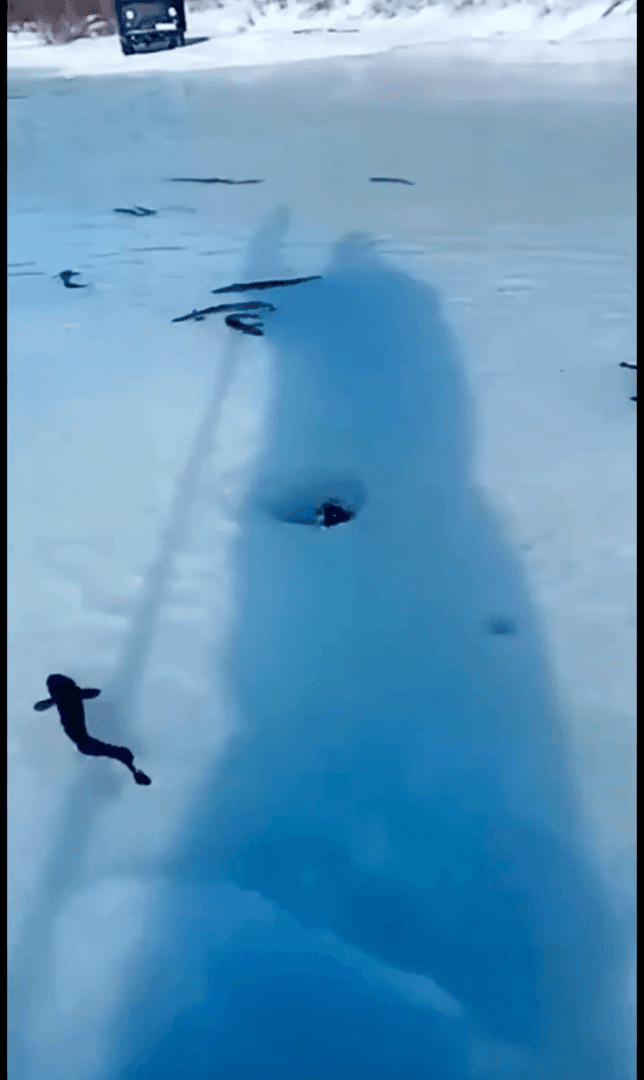
Post: 13 February 20:27
Post: 6 February 16:43
Post: 16 September 18:39

Post: 1 September 09:55

Post: 9 February 19:40

Post: 14 February 14:35

Post: 14 May 21:45

Post: 10 January 00:06
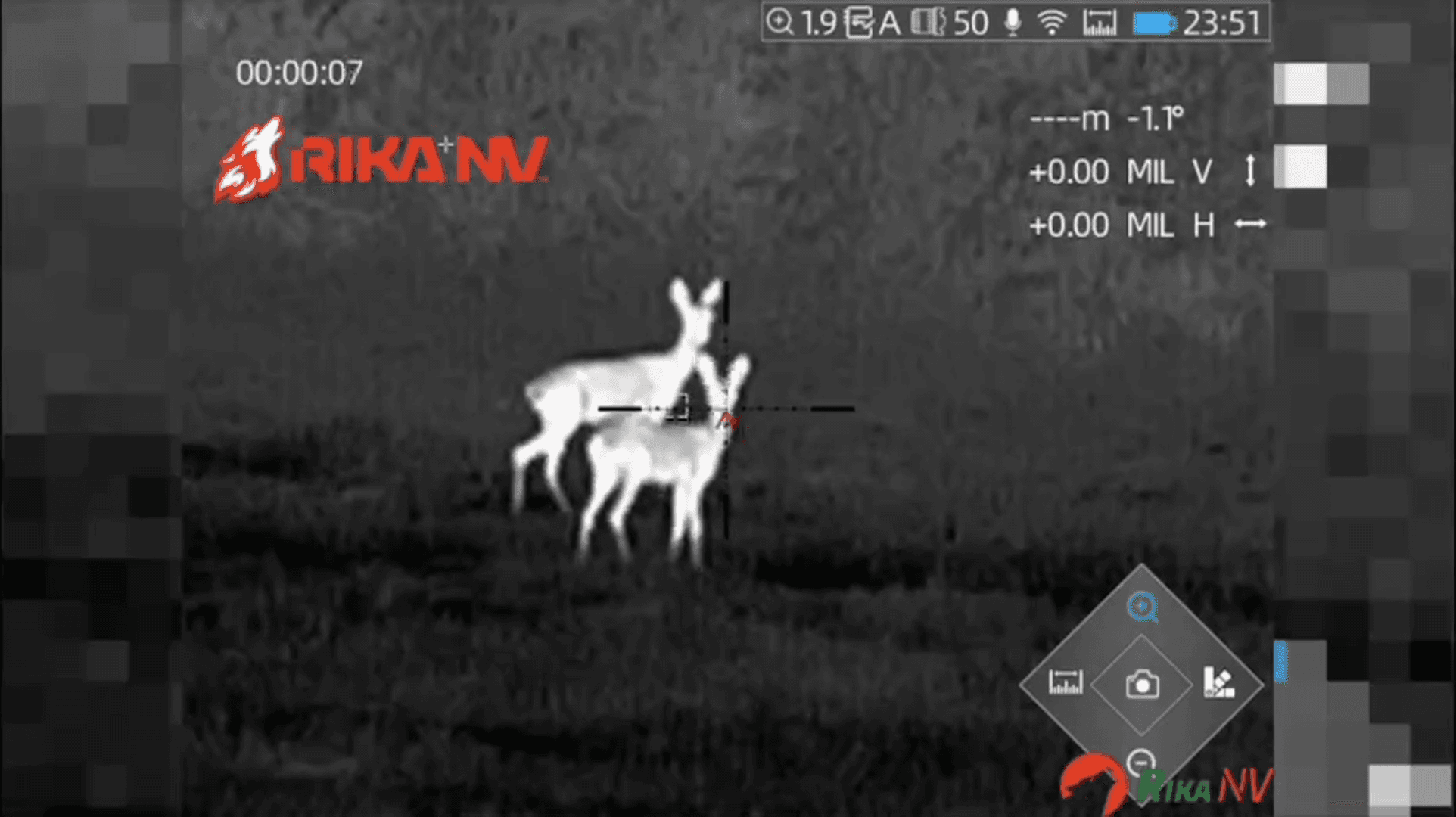
Post: 13 November 10:12

Post: 3 February 09:31

Post: 18 September 19:25
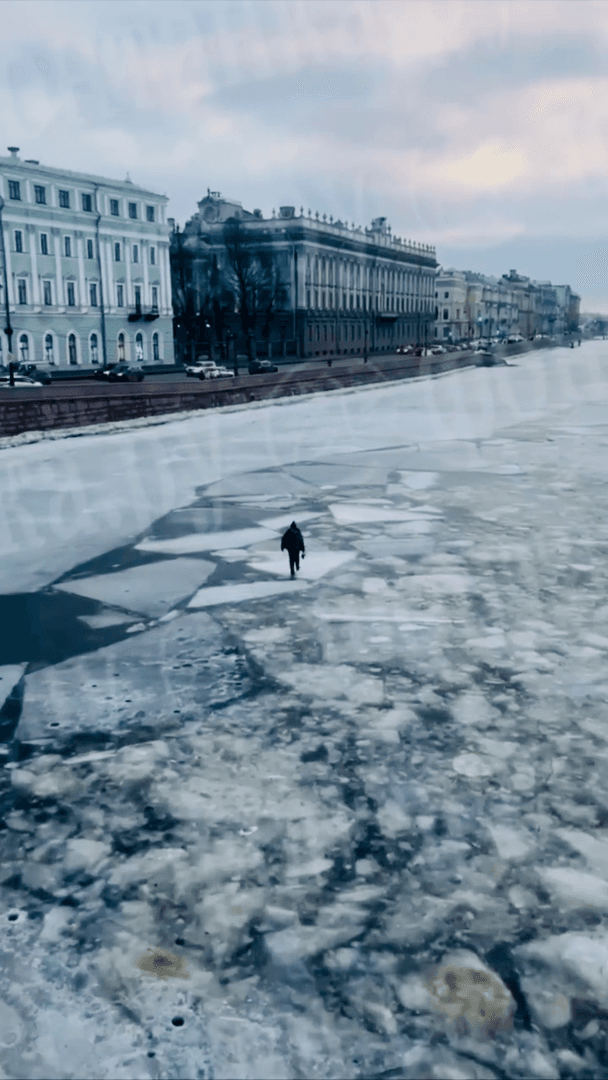
Post: 20 February 18:37

Post: 23 September 22:36
Post: 21 August 17:02

Post: 18 December 09:27

Post: 15 December 17:53

Post: 8 August 06:58

Post: 28 January 11:17

Post: 3 November 20:17

Post: 11 August 08:38

Post: 11 January 01:48

Post: 21 August 13:08

Post: 15 May 20:36

Post: 23 September 00:55

Post: 1 March 18:32

Post: 25 December 22:59
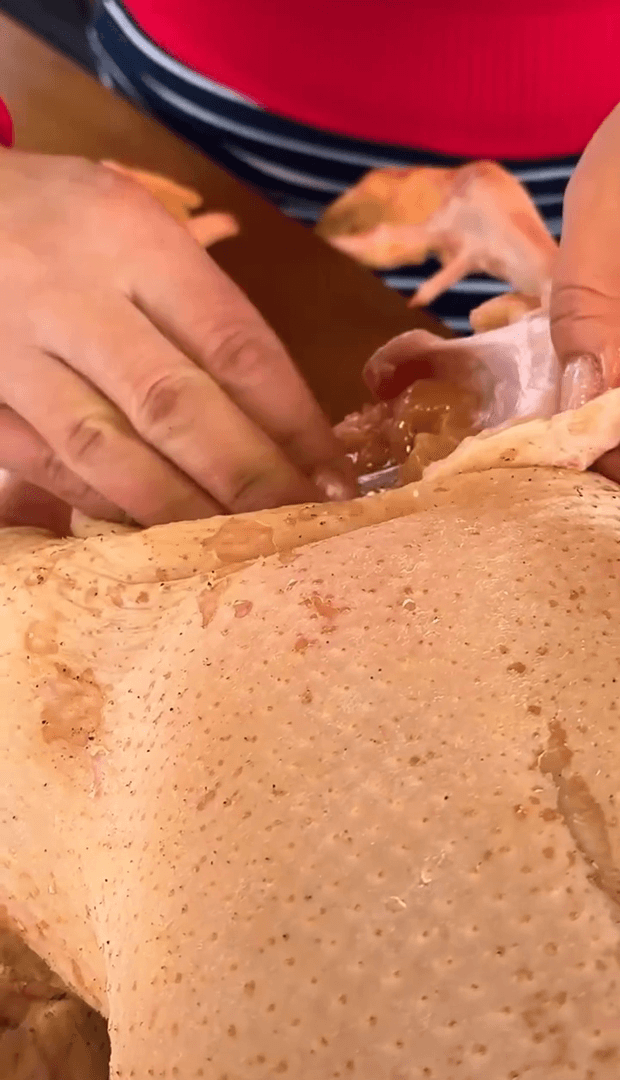
Post: 11 March 23:55
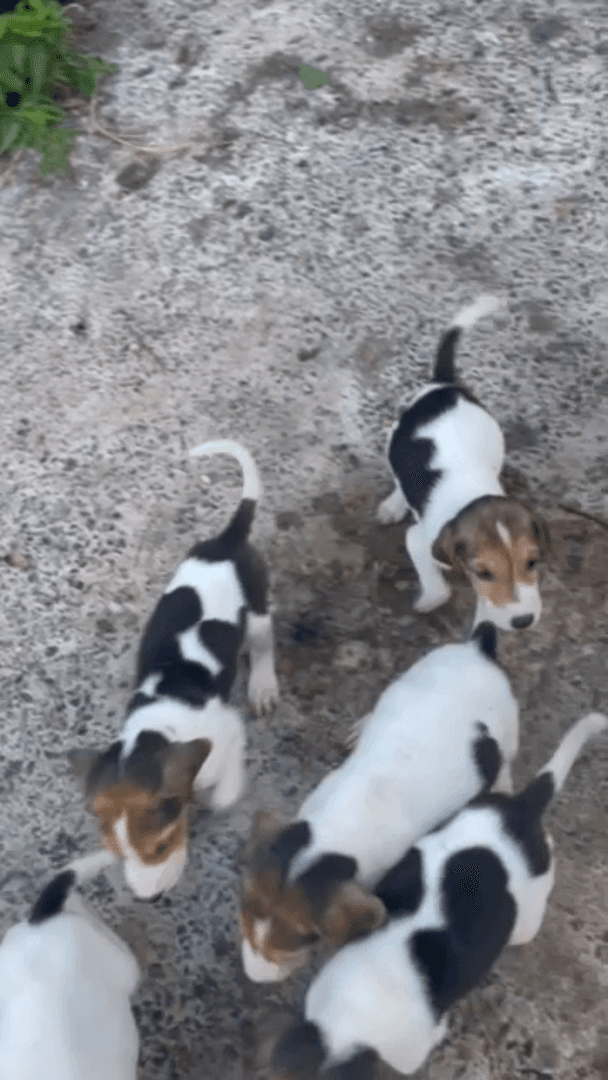
Post: 26 December 22:02

Post: 19 January 23:49

Post: 11 March 18:29

Post: 1 August 10:38

Post: 17 May 13:25
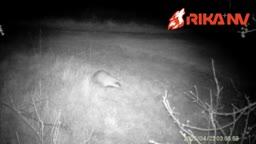
Post: 2 June 06:59

Post: 17 February 16:20

Post: 10 February 10:49

Post: 23 June 09:13

Post: 5 August 12:24
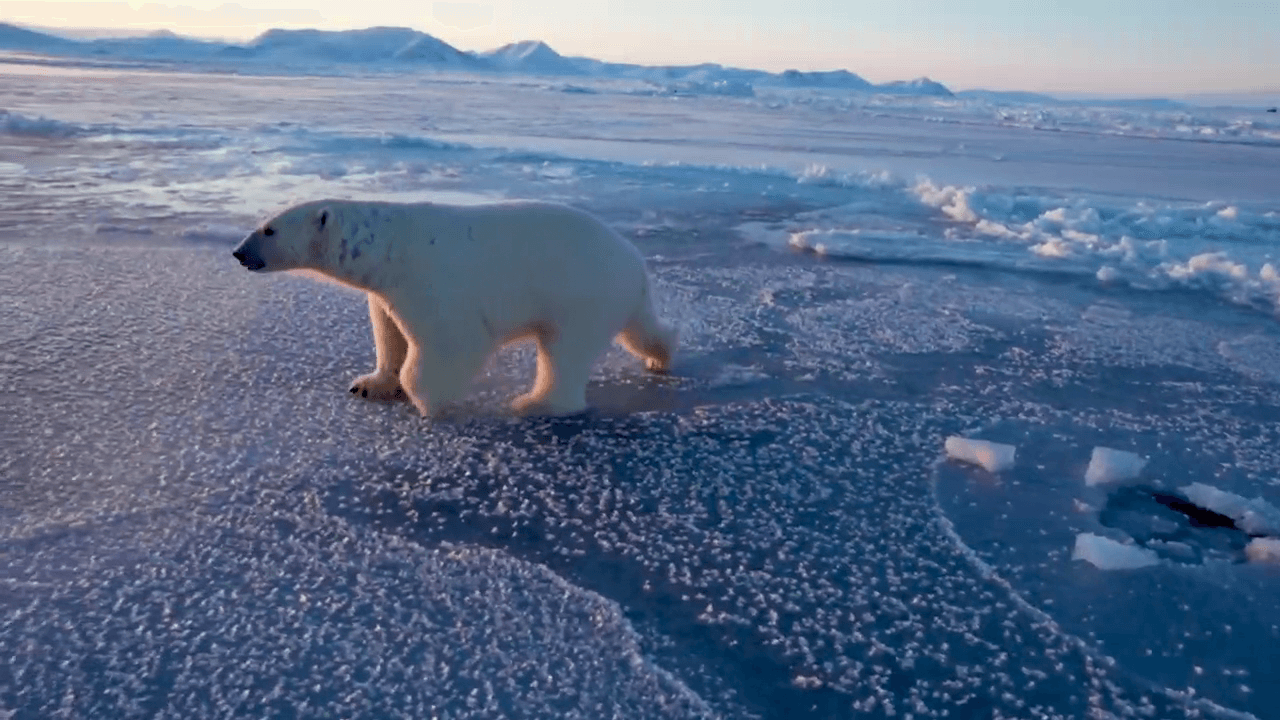
Post: 5 March 14:33
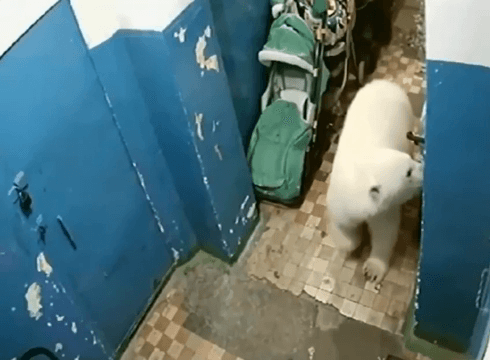
Post: 25 March 20:27
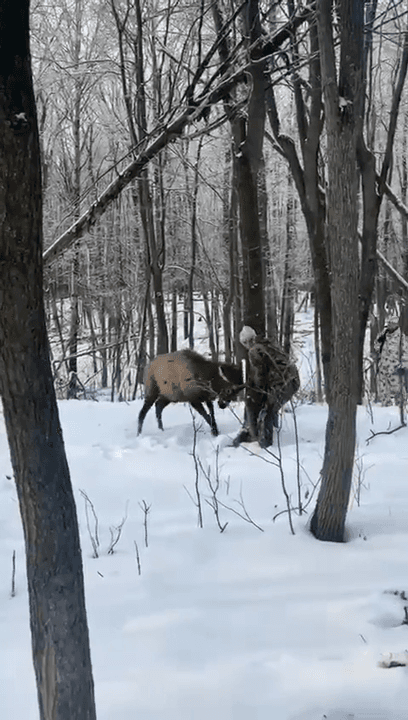
Post: 14 February 16:07